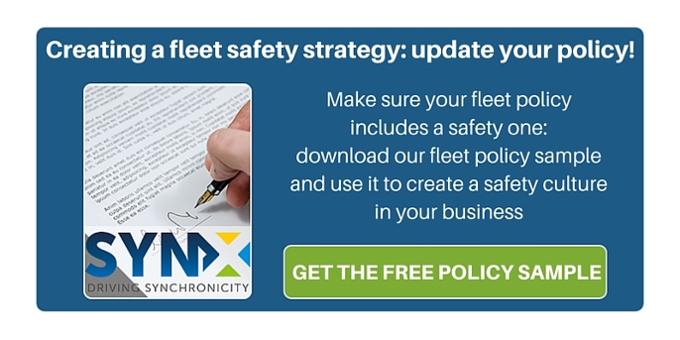
When dealing with fleets and their safety as well as the safety of other road users, we often experience doubts about which suggestions are appropriate to creating a fleet safety strategy. While it is true that road safety technology such as SynX provide valuable help in establishing where gaps are present when considering safety, it is also true that there are some principles that can actually help emphasise safety concerns and raise awareness as to its importance.
In our experience, we often come across discussions that focus either on compliance and the need to respect standards set by legislation, usually for economic reasons than anything else, or because it is necessary for those directly responsible for health and safety in the workplace with less interest from those who are actually in charge of the fleet.
Compliance has to be guaranteed in order to operate legally, but it cannot be completely independent from the creation and the support of a safety culture within a fleet. If a company does not promote safety or really only concentrates on compliance when a specific date or event is upcoming then it surely increases the risk rate.
But how would you start creating a fleet safety culture and which tools would you use; which steps would you take for creating a fleet safety strategy and bringing it to success?
- Create a specific fleet safety policy—it can be part of your global fleet policy or separate, but it has to be correctly promoted and shared by everyone.
- Make sure everyone is aware—promote driving safety throughout your company to everyone, whether they drive or not, from senior management to employees.
- Include training as an essential part of this policy—safety training in the classroom, behind the wheel, at meetings and demonstrations etc.
- Promote communication on any safety topic—remind people of the basics such as safety belt usage, even for the most seasoned driver.
- Reward safety—recognising drivers with an exemplary safety record, such as going years with an unblemished, accident free record helps foster a safety culture.
What do you think should be an integrated part of a fleet safety culture? Which actions would you take in order to raise awareness on safety within your fleet?





